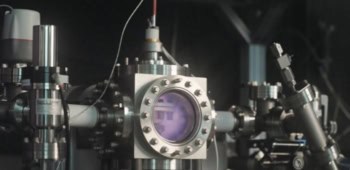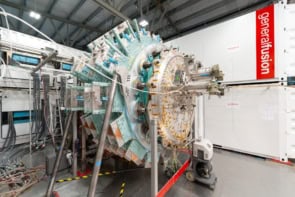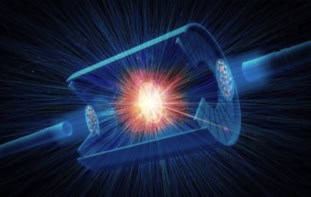A research team in Israel has discovered a new way to measure electric currents in high energy plasmas. The results could help improve our understanding of the plasma state and reduce the costs of future fusion reactors. Yitzhak Maron and colleagues at the Weizmann Institute generated fusion reactions by smashing plasma with a strong magnetic field. The magnetic field compresses the plasma into a small volume, heating it to one million degrees in the process. The plasma collapses and disperses in less than one millionth of a second. The team measured the electrical current by observing the spectrum of radiation emitted by the plasma.
Previous experiments found it difficult to measure plasma spectra because the high temperatures inside the plasma caused the spectral lines to blur. The Weizmann team solved the problem by adding oxygen ions to the plasma: these ions are less disturbed by the heat and density inside the plasma and produce clear spectral lines. Maron’s team were able to measure the oxygen spectral lines, and hence the current in the plasma, every billionth of a second. They found that when the current first hit the “roll” of plasma, it flowed on the outside of their sample. By measuring how far the current penetrated the plasma, they were able to determine the velocities of the particles inside the plasma. Under the influence of the applied magnetic field, some particles reached velocities of 100 kilometres per second. Closer studies of current, and hence magnetic fields, in plasmas can allow scientists to improve plasma compression and help generate fusion.



